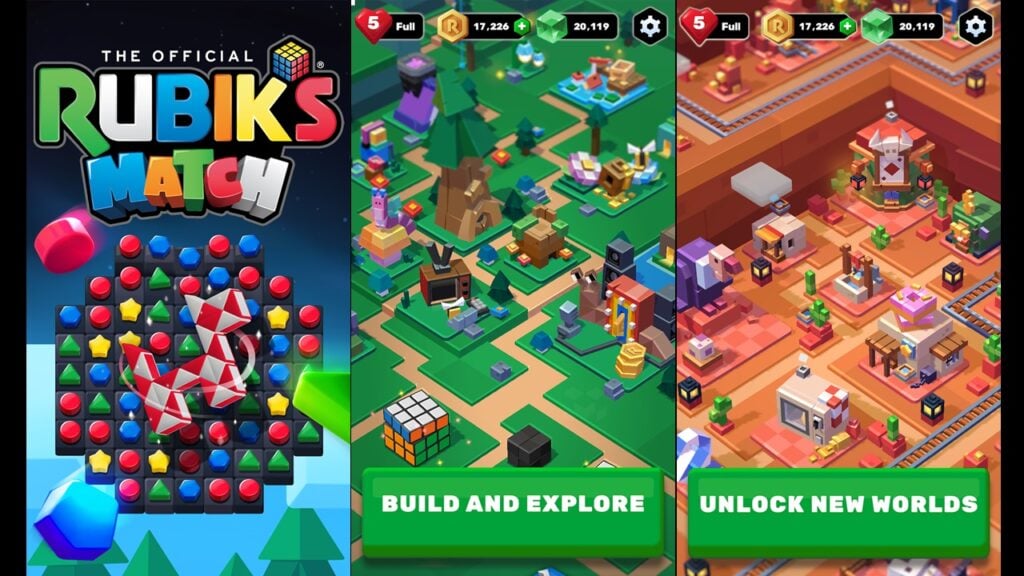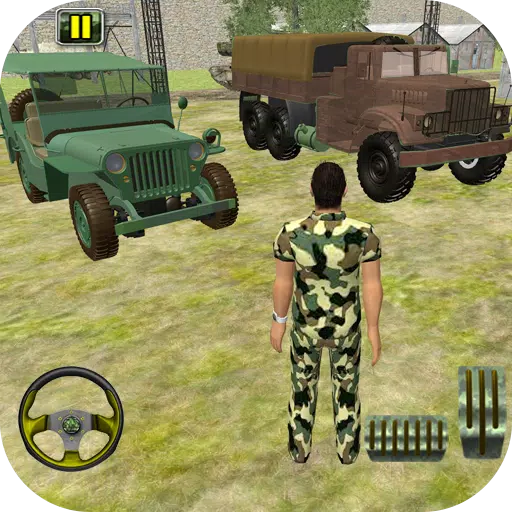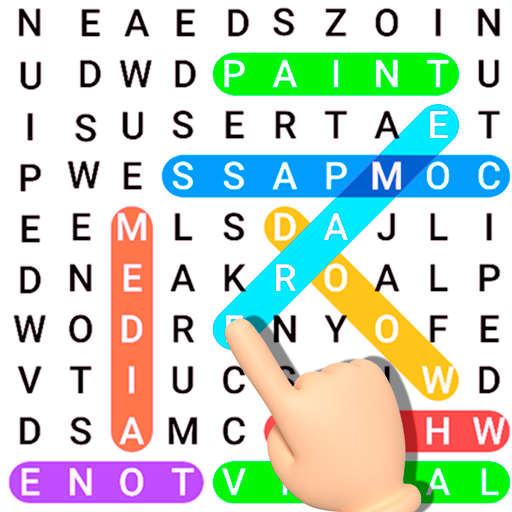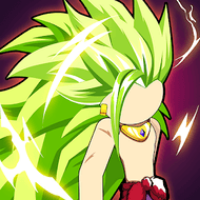Every Nintendo Console: A Full History of Release Dates
Nintendo stands as a titan in the video game industry, renowned for its pioneering spirit and an expansive library of beloved intellectual properties (IPs) that continue to captivate gamers decades later. With the recent announcement of the Nintendo Switch 2, fans are eager to revisit the storied history of Nintendo's console evolution. The company's relentless innovation and commitment to gaming excellence show no signs of waning, as they continue to roll out exciting new titles.
Below, we delve into the comprehensive timeline of every Nintendo console released, offering a nostalgic journey through the evolution of gaming technology and creativity.
AnswerSee Results*Looking to save on a new Nintendo Switch or new titles for your system? Be sure to check out the best Nintendo deals available today.*How Many Nintendo Consoles Have There Been?
In total, 32 Nintendo consoles have been released throughout Nintendo's history. The upcoming Switch 2 will mark the 33rd addition to this impressive lineup. This count includes both home and handheld consoles, encompassing various revision models such as XL and Mini versions.
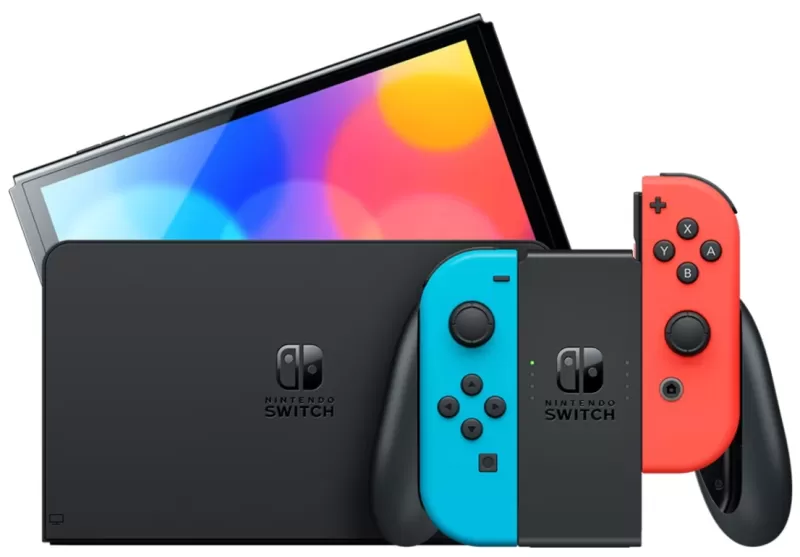 Latest Model### Nintendo Switch OLED (Neon Blue & Red)
Latest Model### Nintendo Switch OLED (Neon Blue & Red)
4See it at AmazonEvery Nintendo Console in Order of Release
Color TV-Game - June 1, 1977
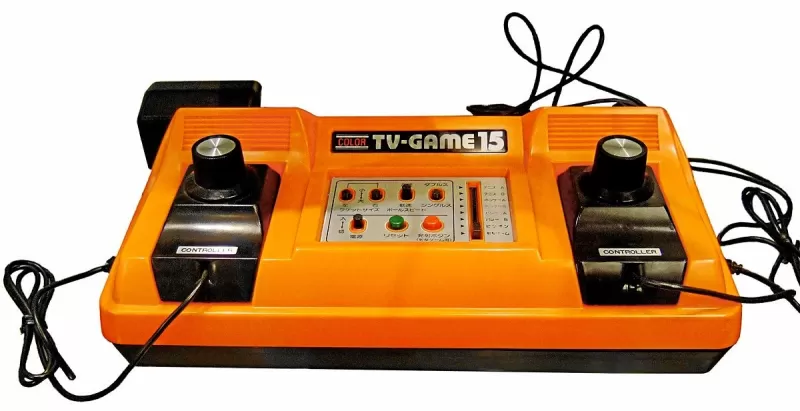 Nintendo's first venture into the gaming hardware market was the Color TV-Game series, launched in partnership with Mitsubishi Electronics. This pioneering move laid the groundwork for Nintendo's future in gaming hardware, leading to their eventual focus on game development. The legacy of the Color TV-Game resonates nearly 50 years later, as Nintendo remains a major force in the gaming world.
Nintendo's first venture into the gaming hardware market was the Color TV-Game series, launched in partnership with Mitsubishi Electronics. This pioneering move laid the groundwork for Nintendo's future in gaming hardware, leading to their eventual focus on game development. The legacy of the Color TV-Game resonates nearly 50 years later, as Nintendo remains a major force in the gaming world.
Game & Watch - April 28, 1980
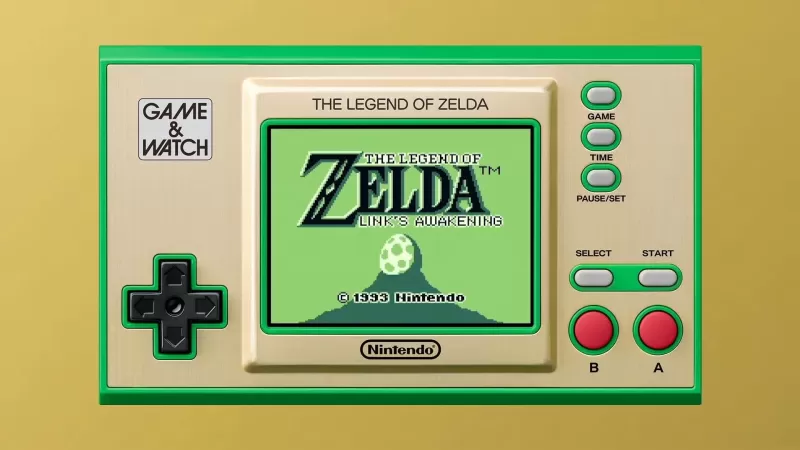 Nintendo made its mark in the handheld gaming arena with the Game & Watch series, each unit featuring a unique game. Despite their simplicity, these devices sold over 40 million units worldwide, introducing innovations like the D-Pad, which remains a staple in gaming today. The series saw a revival in 2020 and 2021 with limited editions celebrating the anniversaries of Mario and Zelda.
Nintendo made its mark in the handheld gaming arena with the Game & Watch series, each unit featuring a unique game. Despite their simplicity, these devices sold over 40 million units worldwide, introducing innovations like the D-Pad, which remains a staple in gaming today. The series saw a revival in 2020 and 2021 with limited editions celebrating the anniversaries of Mario and Zelda.
Nintendo Entertainment System - October 18, 1985
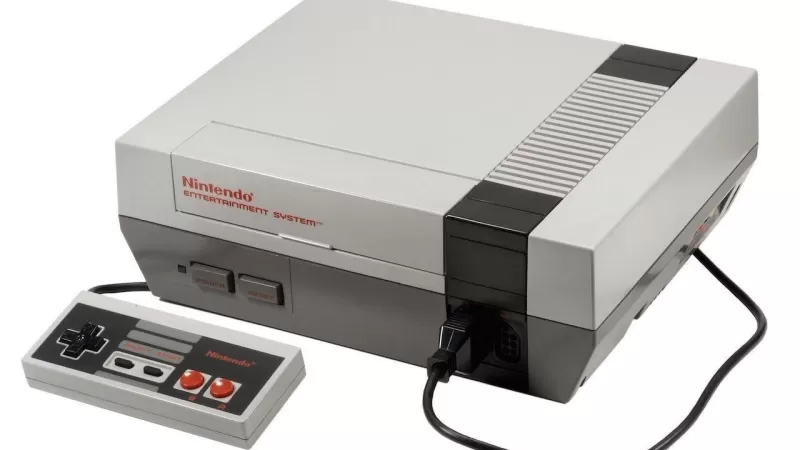 Known as the Famicom in Japan, the Nintendo Entertainment System (NES) marked Nintendo's first foray into North American home consoles. It revolutionized gaming with its cartridge system, allowing players to enjoy a vast library of games. Iconic franchises such as Super Mario, The Legend of Zelda, and Metroid were born on this platform, making the NES a cornerstone in video game history.
Known as the Famicom in Japan, the Nintendo Entertainment System (NES) marked Nintendo's first foray into North American home consoles. It revolutionized gaming with its cartridge system, allowing players to enjoy a vast library of games. Iconic franchises such as Super Mario, The Legend of Zelda, and Metroid were born on this platform, making the NES a cornerstone in video game history.
Game Boy - July 31, 1989
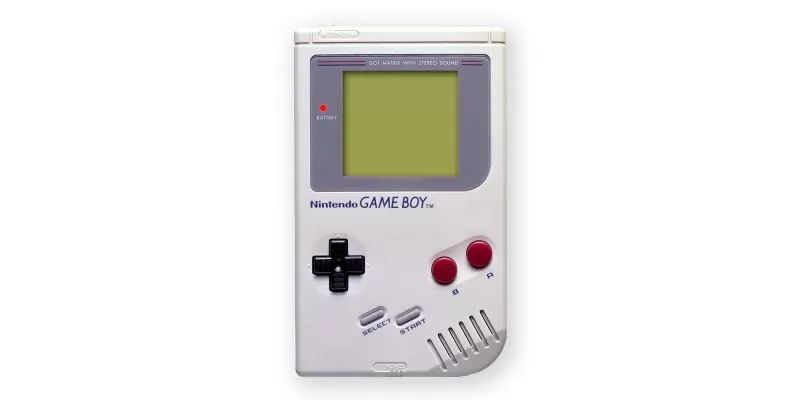 Launching in North America in the summer of 1989, the Game Boy became the first true handheld video game console from Nintendo. It offered a significant upgrade from the Game & Watch, with its cartridge-based system allowing players to swap between multiple games. Tetris, bundled with the console in most regions, became one of its most iconic titles.
Launching in North America in the summer of 1989, the Game Boy became the first true handheld video game console from Nintendo. It offered a significant upgrade from the Game & Watch, with its cartridge-based system allowing players to swap between multiple games. Tetris, bundled with the console in most regions, became one of its most iconic titles.
Super Nintendo Entertainment System - August 23, 1991
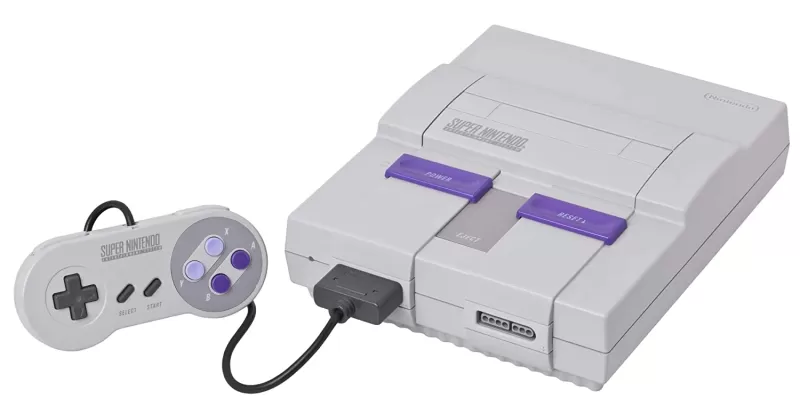 With the introduction of 16-bit graphics, the Super Nintendo Entertainment System (SNES) pushed Nintendo's technology forward. It was on this platform that many of Nintendo's major series saw significant evolution, with standout titles like Super Mario World and Donkey Kong Country. Despite its later release in the console generation, the SNES became the best-selling console of its time, thanks to its strong software lineup and broad appeal.
With the introduction of 16-bit graphics, the Super Nintendo Entertainment System (SNES) pushed Nintendo's technology forward. It was on this platform that many of Nintendo's major series saw significant evolution, with standout titles like Super Mario World and Donkey Kong Country. Despite its later release in the console generation, the SNES became the best-selling console of its time, thanks to its strong software lineup and broad appeal.
Virtual Boy - August 14, 1995
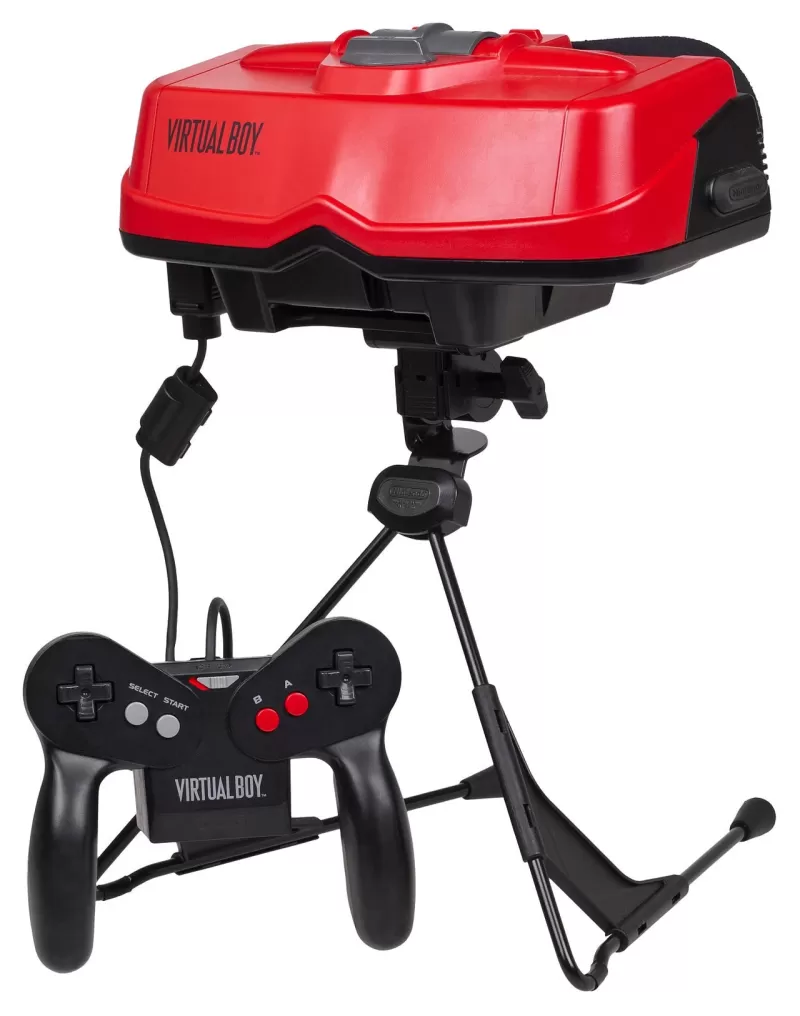 Nintendo's most experimental console, the Virtual Boy, offered a unique 3D gaming experience. Although it only saw 22 game releases and sold fewer than 800,000 units, titles like Mario's Tennis and Virtual Boy Wario Land remain memorable to those who experienced them.
Nintendo's most experimental console, the Virtual Boy, offered a unique 3D gaming experience. Although it only saw 22 game releases and sold fewer than 800,000 units, titles like Mario's Tennis and Virtual Boy Wario Land remain memorable to those who experienced them.
Game Boy Pocket - September 3, 1996
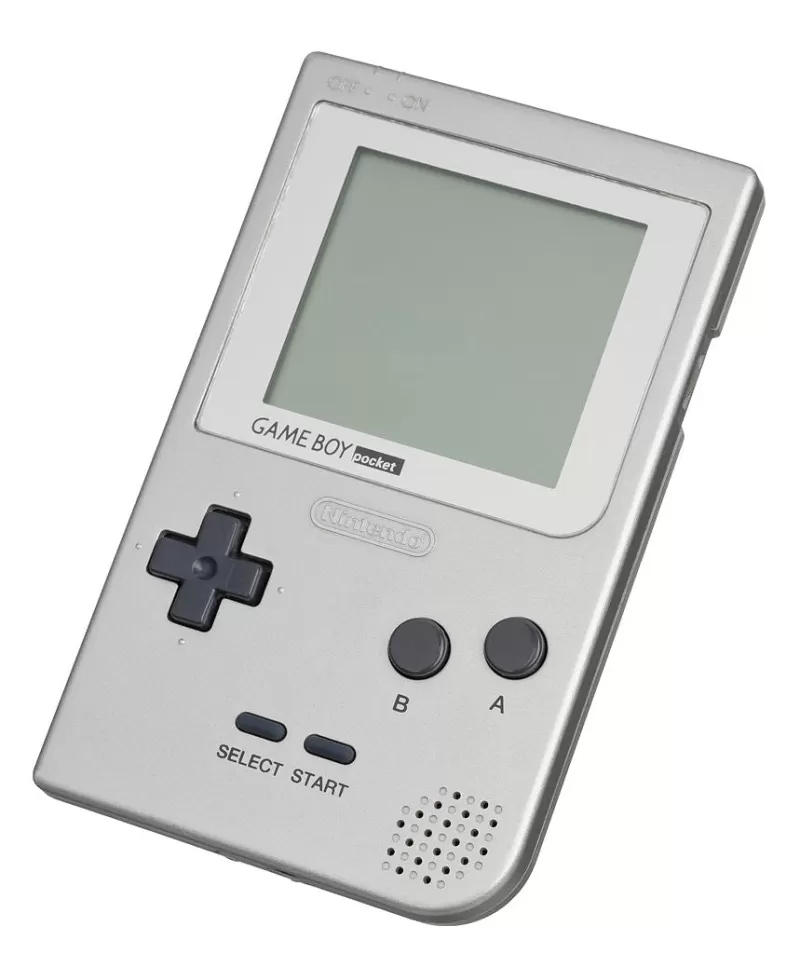 A slimmer version of the original Game Boy, the Game Boy Pocket featured a sharper black-and-white screen and improved display response time. However, its smaller size came at the cost of reduced battery life compared to its predecessor.
A slimmer version of the original Game Boy, the Game Boy Pocket featured a sharper black-and-white screen and improved display response time. However, its smaller size came at the cost of reduced battery life compared to its predecessor.
Nintendo 64 - September 29, 1996
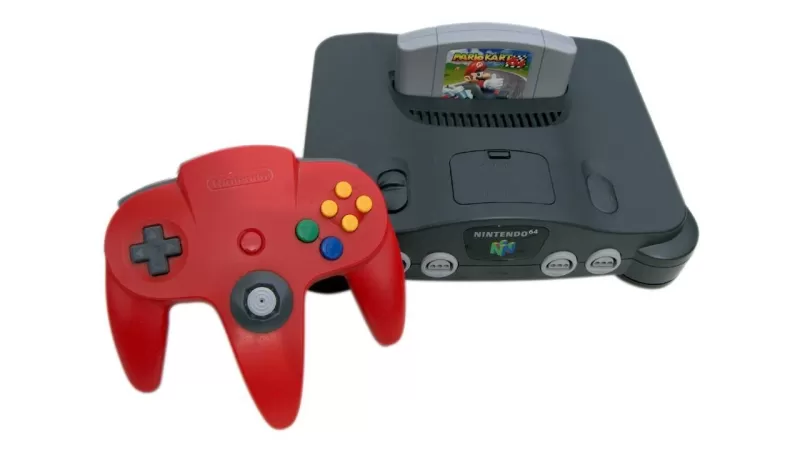 Introducing 3D graphics to Nintendo's home consoles, the Nintendo 64 brought groundbreaking titles like Super Mario 64 and The Legend of Zelda: Ocarina of Time. Its innovative controller, featuring an analog stick, revolutionized gameplay. The console also offered several iconic special editions, including translucent variants.
Introducing 3D graphics to Nintendo's home consoles, the Nintendo 64 brought groundbreaking titles like Super Mario 64 and The Legend of Zelda: Ocarina of Time. Its innovative controller, featuring an analog stick, revolutionized gameplay. The console also offered several iconic special editions, including translucent variants.
Game Boy Light - April 14, 1998
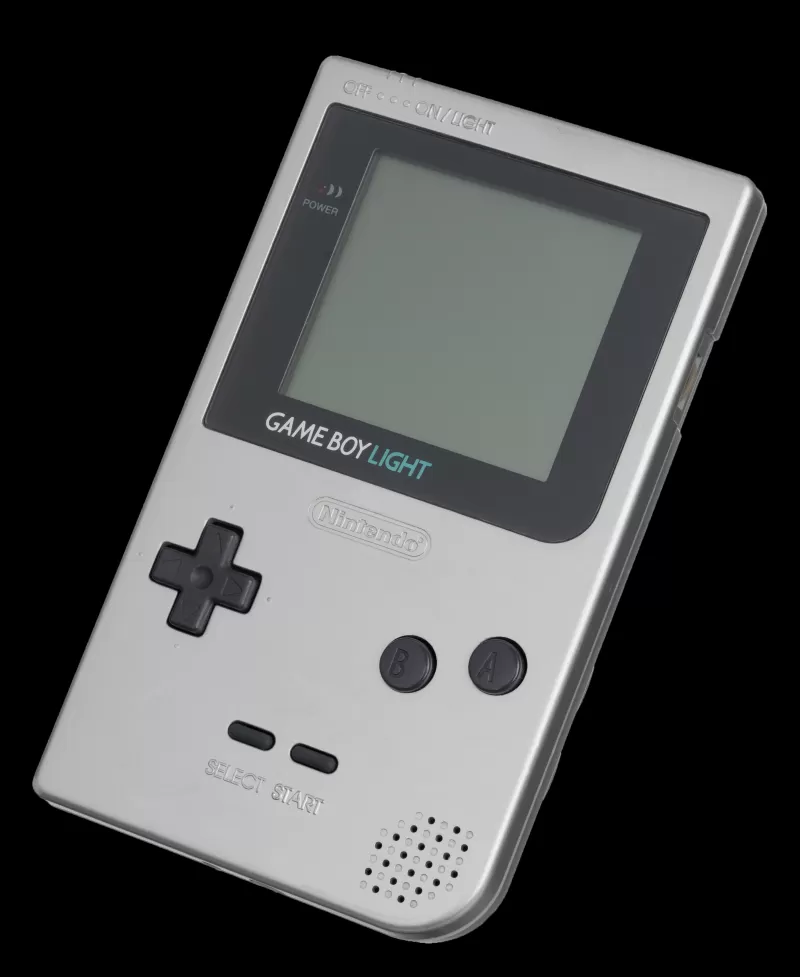 Exclusive to Japan, the Game Boy Light was larger than the Game Boy Pocket but included a backlight, enabling play in low-light conditions. This feature extended the console's battery life to approximately 20 hours, enhancing the gaming experience.
Exclusive to Japan, the Game Boy Light was larger than the Game Boy Pocket but included a backlight, enabling play in low-light conditions. This feature extended the console's battery life to approximately 20 hours, enhancing the gaming experience.
Game Boy Color - November 18, 1998
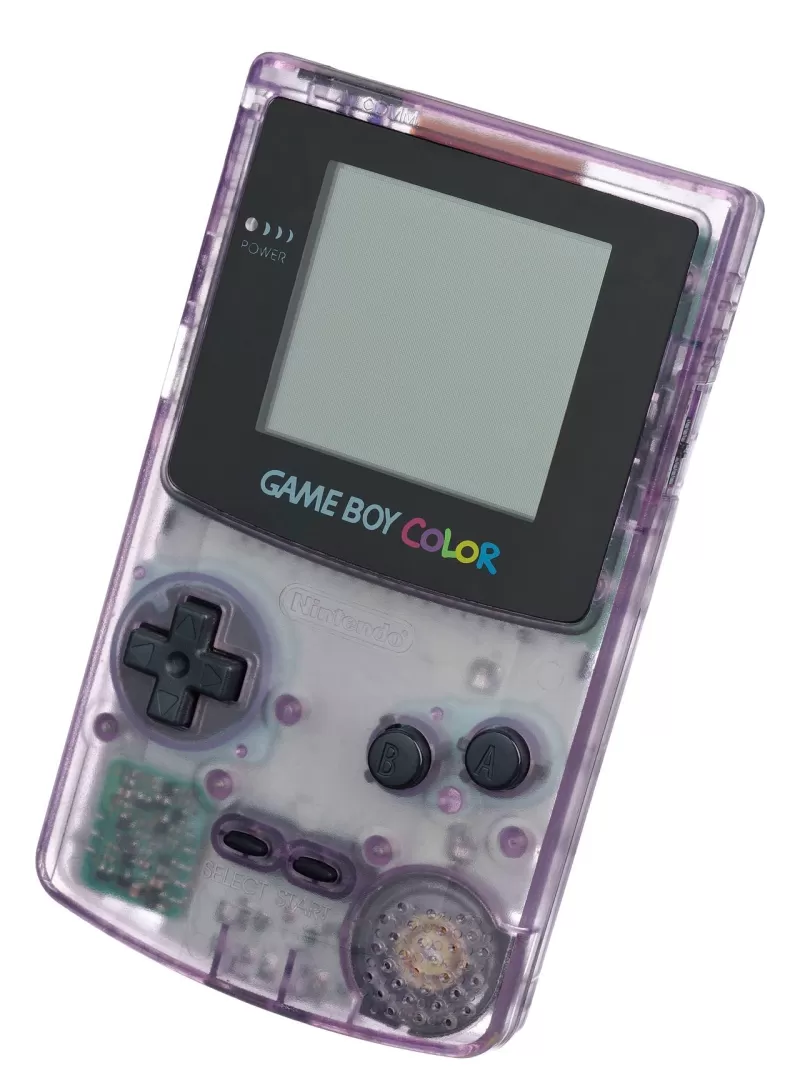 Bringing color to Nintendo's handheld line, the Game Boy Color was backwards-compatible with earlier Game Boy games, enhancing the visual experience of classics like Tetris. The new hardware also supported a range of exclusive titles, expanding the gaming library.
Bringing color to Nintendo's handheld line, the Game Boy Color was backwards-compatible with earlier Game Boy games, enhancing the visual experience of classics like Tetris. The new hardware also supported a range of exclusive titles, expanding the gaming library.
Game Boy Advance - June 11, 2001
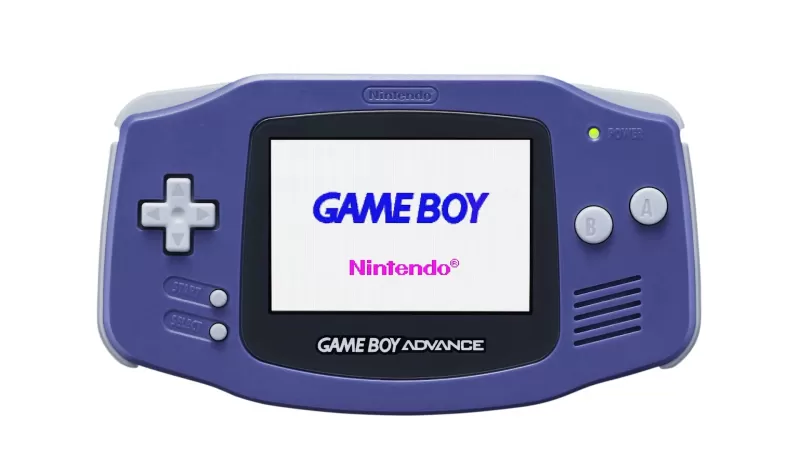 With its shift to a horizontal design and 16-bit graphics, the Game Boy Advance (GBA) represented a significant leap forward. Backwards compatibility with previous Game Boy titles ensured a vast selection of games, numbering in the thousands.
With its shift to a horizontal design and 16-bit graphics, the Game Boy Advance (GBA) represented a significant leap forward. Backwards compatibility with previous Game Boy titles ensured a vast selection of games, numbering in the thousands.
Pokémon mini - November 16, 2001
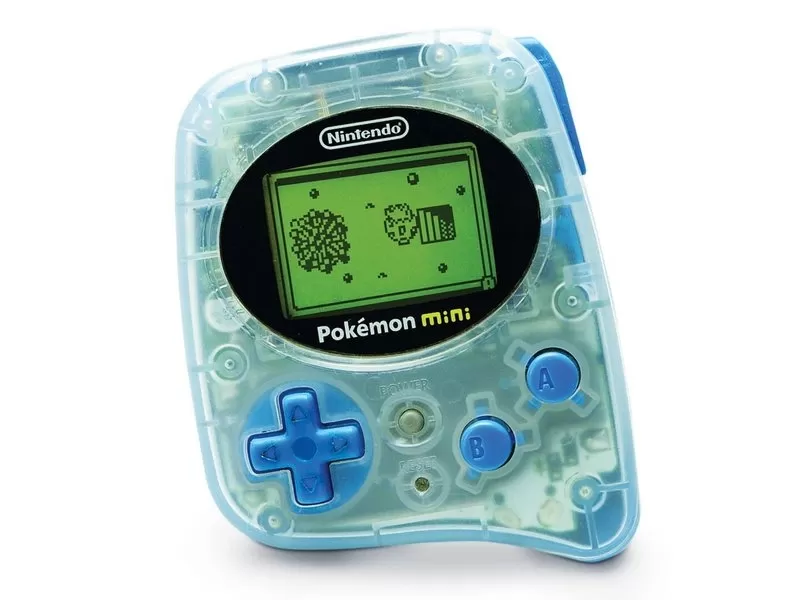 Image Credit: GamesRadarThe Pokémon mini was a compact handheld focused on Pokémon games, featuring a built-in clock, infrared communication, and rumble functionality. Despite its small size and limited library of 10 games, it remains a unique piece of Nintendo's history.
Image Credit: GamesRadarThe Pokémon mini was a compact handheld focused on Pokémon games, featuring a built-in clock, infrared communication, and rumble functionality. Despite its small size and limited library of 10 games, it remains a unique piece of Nintendo's history.
Nintendo GameCube - November 18, 2001
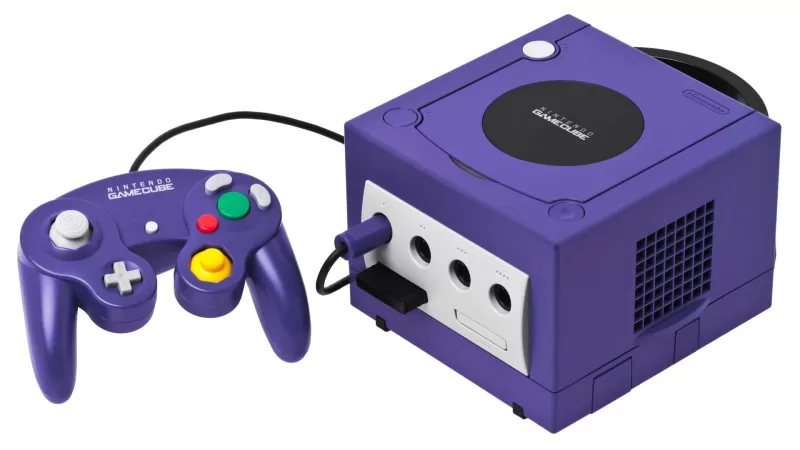 Building on the success of the Nintendo 64, the GameCube introduced sequels to beloved titles like Super Mario Sunshine and The Legend of Zelda: Wind Waker. The shift to disc-based media and an improved controller with rumble and analog triggers marked significant advancements. The GameCube's legacy continues with popular franchises like Animal Crossing.
Building on the success of the Nintendo 64, the GameCube introduced sequels to beloved titles like Super Mario Sunshine and The Legend of Zelda: Wind Waker. The shift to disc-based media and an improved controller with rumble and analog triggers marked significant advancements. The GameCube's legacy continues with popular franchises like Animal Crossing.
Panasonic Q - December 14, 2001
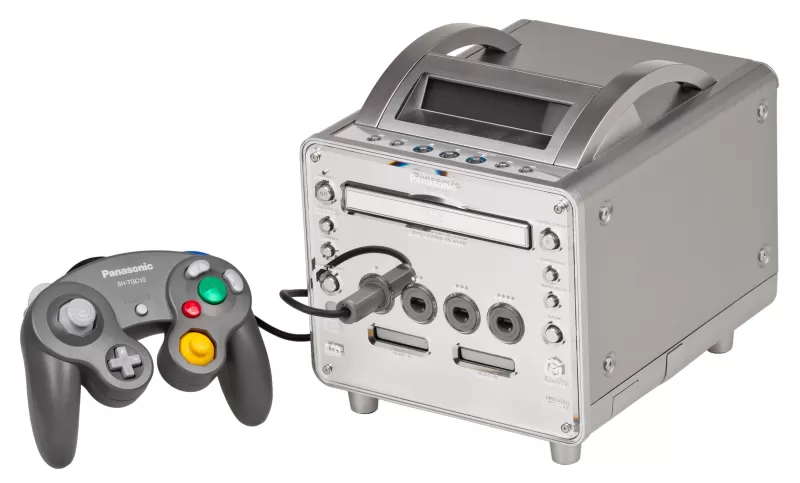 A collaboration between Panasonic and Nintendo, the Panasonic Q combined a GameCube with a DVD player, featuring a sleek stainless steel design and a front LCD panel. Despite its high price and limited market success, it remains a fascinating piece of gaming history.
A collaboration between Panasonic and Nintendo, the Panasonic Q combined a GameCube with a DVD player, featuring a sleek stainless steel design and a front LCD panel. Despite its high price and limited market success, it remains a fascinating piece of gaming history.
Game Boy Advance SP - March 23, 2003
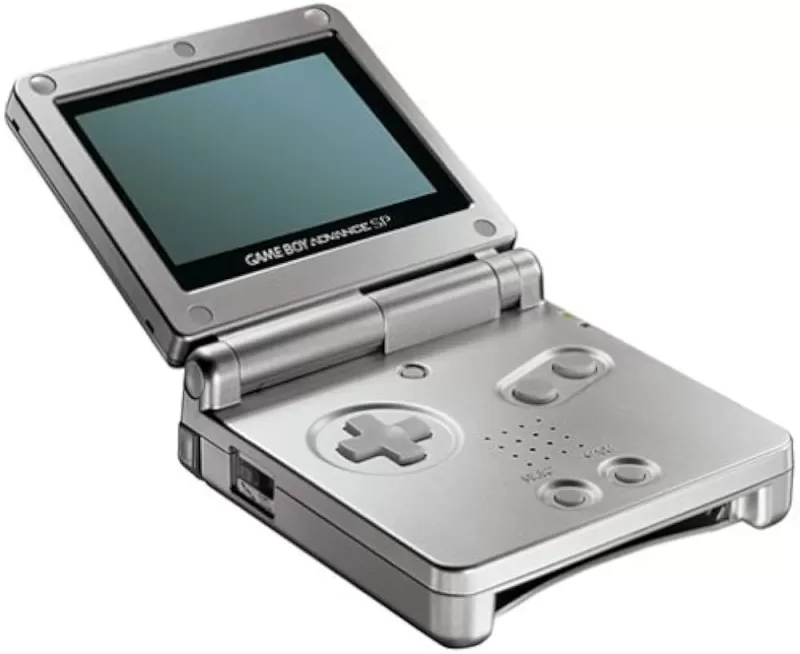 With a clamshell design, rechargeable battery, and later models featuring a backlit screen, the Game Boy Advance SP (GBA SP) offered significant improvements over its predecessor. The omission of a headphone jack was mitigated by an available adapter.
With a clamshell design, rechargeable battery, and later models featuring a backlit screen, the Game Boy Advance SP (GBA SP) offered significant improvements over its predecessor. The omission of a headphone jack was mitigated by an available adapter.
Nintendo DS - November 21, 2004
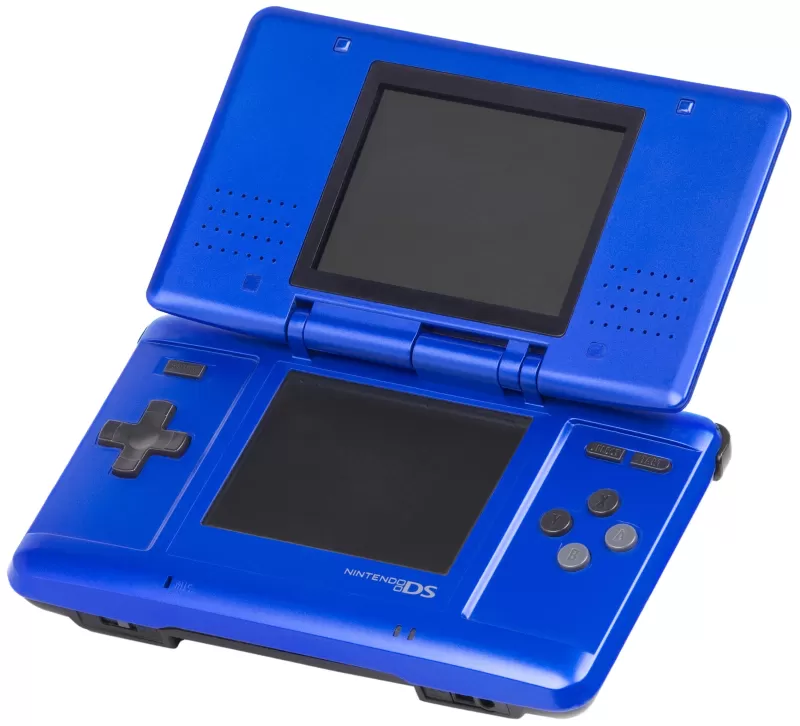 Launching the best-selling DS line, the Nintendo DS introduced Wi-Fi support and a unique clamshell design with dual screens, one of which was a touchscreen. This allowed for innovative gameplay experiences that set it apart from other consoles.
Launching the best-selling DS line, the Nintendo DS introduced Wi-Fi support and a unique clamshell design with dual screens, one of which was a touchscreen. This allowed for innovative gameplay experiences that set it apart from other consoles.
Game Boy Micro - September 19, 2005
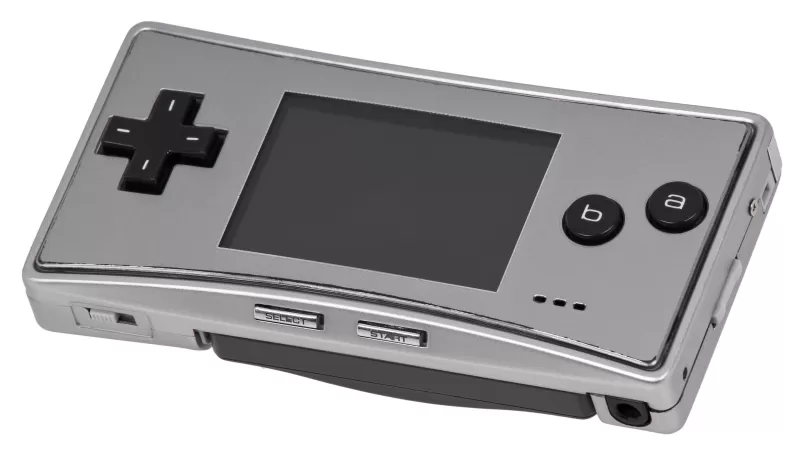 Revealed by Reggie Fils-Aimé at E3 2005, the Game Boy Micro was a compact revision of the GBA, featuring a backlit screen with adjustable brightness. Despite its short production run, it sold 2.42 million units.
Revealed by Reggie Fils-Aimé at E3 2005, the Game Boy Micro was a compact revision of the GBA, featuring a backlit screen with adjustable brightness. Despite its short production run, it sold 2.42 million units.
Nintendo DS Lite - June 11, 2006
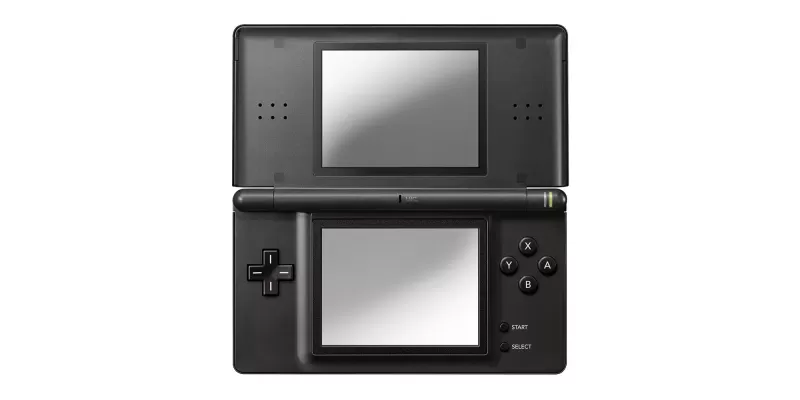 A slimmer, lighter revision of the DS, the DS Lite boasted brighter screens and improved battery life, enhancing the gaming experience significantly.
A slimmer, lighter revision of the DS, the DS Lite boasted brighter screens and improved battery life, enhancing the gaming experience significantly.
Nintendo Wii - November 19, 2006
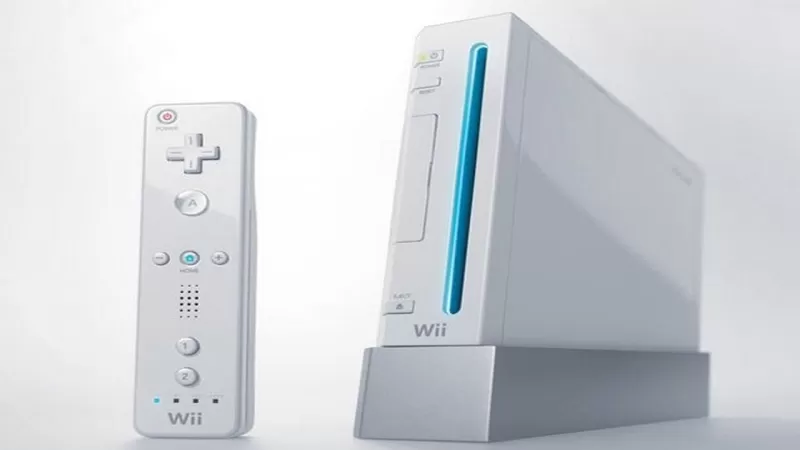 Revitalizing Nintendo's home console market, the Wii's focus on motion controls via the Wii Remote introduced a new way to interact with games. Backwards compatibility with GameCube titles and the introduction of the Virtual Console expanded its appeal.
Revitalizing Nintendo's home console market, the Wii's focus on motion controls via the Wii Remote introduced a new way to interact with games. Backwards compatibility with GameCube titles and the introduction of the Virtual Console expanded its appeal.
Nintendo DSi - November 1, 2008
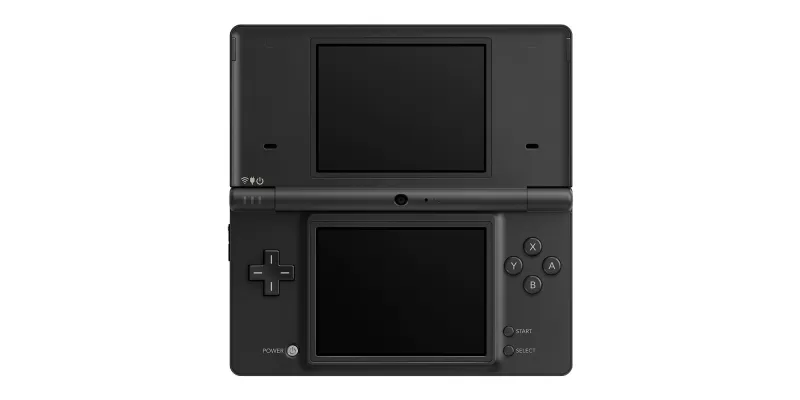 Adding cameras and an SD card slot, the Nintendo DSi built upon the DS platform while removing the Game Boy Advance slot, marking a shift in focus.
Adding cameras and an SD card slot, the Nintendo DSi built upon the DS platform while removing the Game Boy Advance slot, marking a shift in focus.
Nintendo DSi XL - November 21, 2009
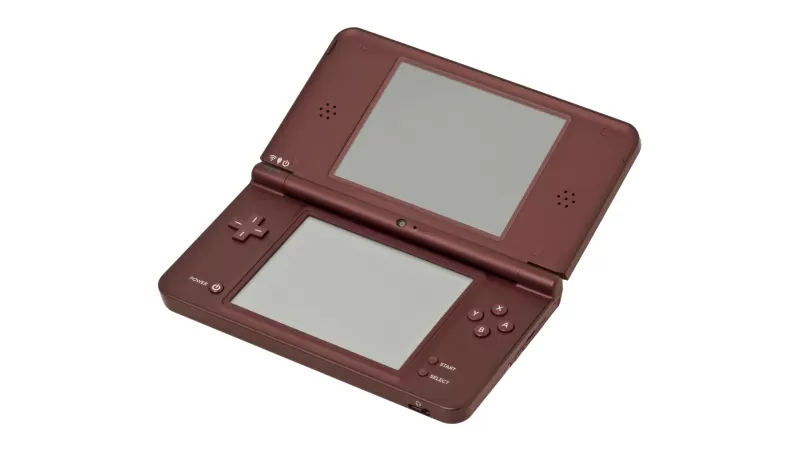 With larger screens and improved speakers, the DSi XL offered a more immersive gaming experience, making DS games easier to enjoy.
With larger screens and improved speakers, the DSi XL offered a more immersive gaming experience, making DS games easier to enjoy.
Nintendo 3DS - March 27, 2011
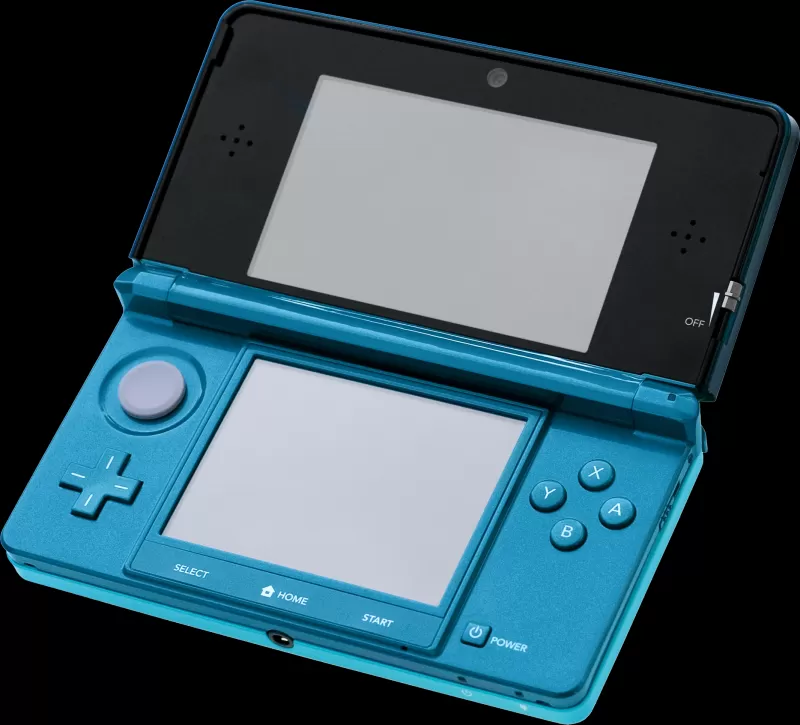 Introducing 3D gaming without the need for glasses, the Nintendo 3DS built upon the DS's success with titles like The Legend of Zelda: A Link Between Worlds and Super Mario 3D Land.
Introducing 3D gaming without the need for glasses, the Nintendo 3DS built upon the DS's success with titles like The Legend of Zelda: A Link Between Worlds and Super Mario 3D Land.
Nintendo 3DS XL - August 19, 2012
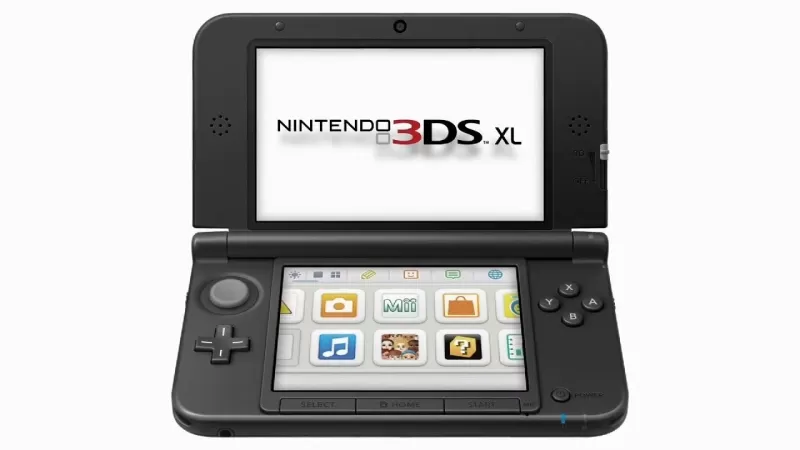 With screens 90% larger than the original 3DS, the 3DS XL enhanced the visual experience while retaining all the features of its predecessor.
With screens 90% larger than the original 3DS, the 3DS XL enhanced the visual experience while retaining all the features of its predecessor.
Nintendo Wii U - November 18, 2012
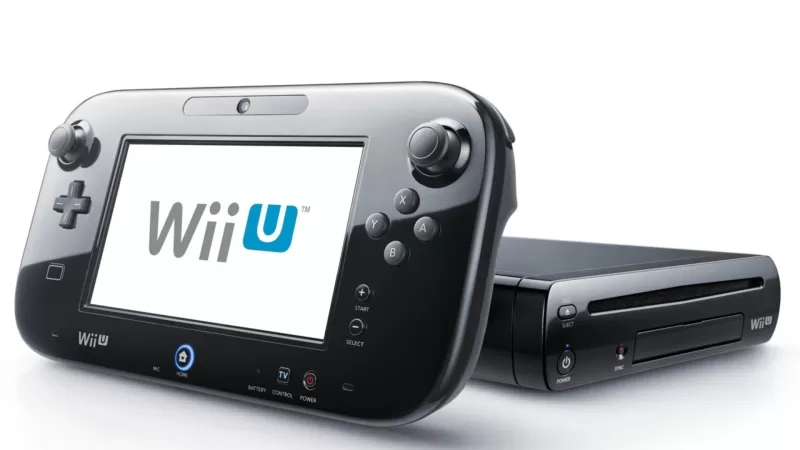 Following the Wii, the Wii U introduced the GamePad with a built-in screen, offering new gameplay possibilities. Despite its innovative features and strong titles like Super Mario 3D World and Splatoon, marketing challenges led to lower sales.
Following the Wii, the Wii U introduced the GamePad with a built-in screen, offering new gameplay possibilities. Despite its innovative features and strong titles like Super Mario 3D World and Splatoon, marketing challenges led to lower sales.
Nintendo Wii Mini - December 7, 2012
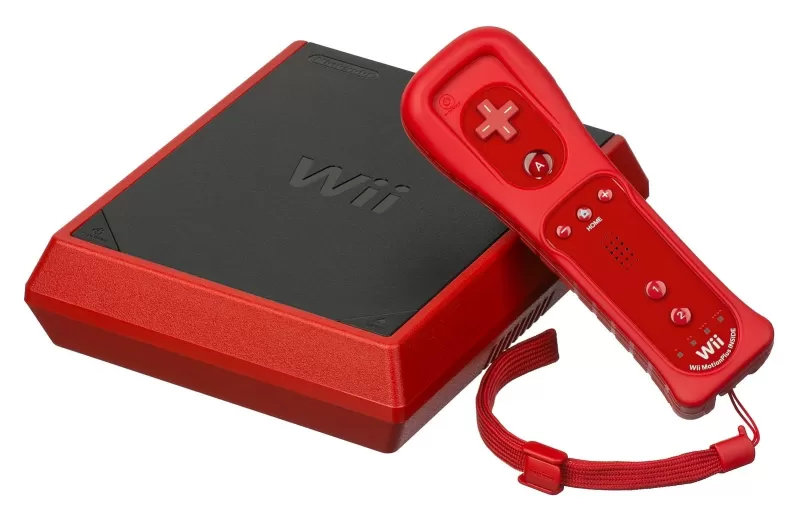 A smaller, lighter version of the Wii, the Wii Mini removed several features including GameCube support and Wi-Fi connectivity, focusing on a more streamlined experience.
A smaller, lighter version of the Wii, the Wii Mini removed several features including GameCube support and Wi-Fi connectivity, focusing on a more streamlined experience.
Nintendo 2DS - October 12, 2013
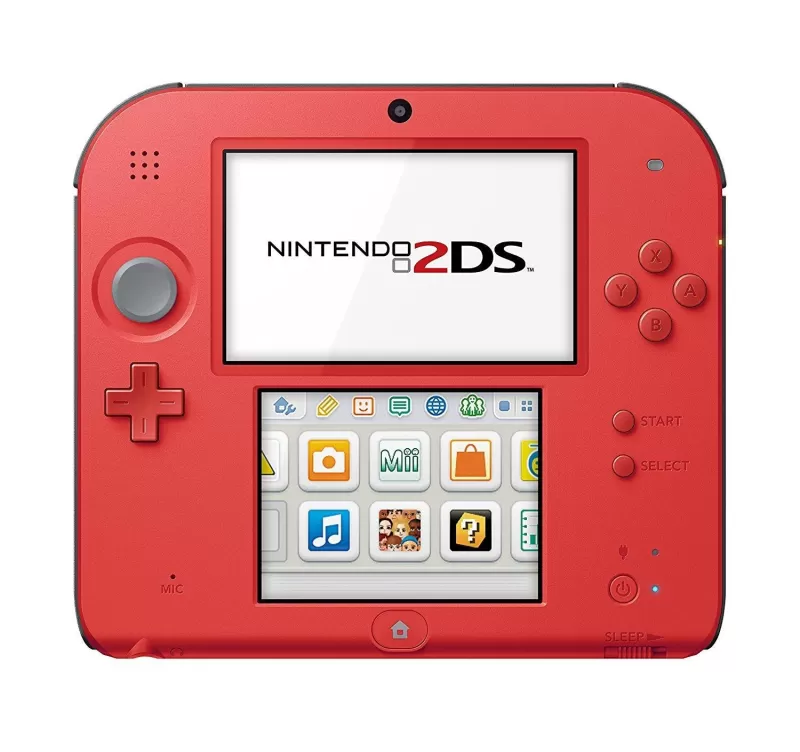 Offering 2D gaming at a lower price point, the Nintendo 2DS retained all the features of the 3DS minus the 3D capability, though with reduced sound quality.
Offering 2D gaming at a lower price point, the Nintendo 2DS retained all the features of the 3DS minus the 3D capability, though with reduced sound quality.
New Nintendo 3DS - October 11, 2014
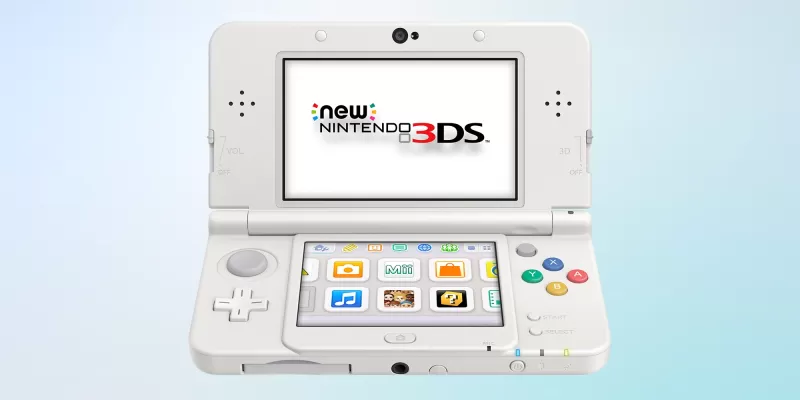 Adding new controls like the C-Stick and NFC support for amiibo, the New Nintendo 3DS significantly upgraded the original model's capabilities.
Adding new controls like the C-Stick and NFC support for amiibo, the New Nintendo 3DS significantly upgraded the original model's capabilities.
New Nintendo 3DS XL - February 13, 2015
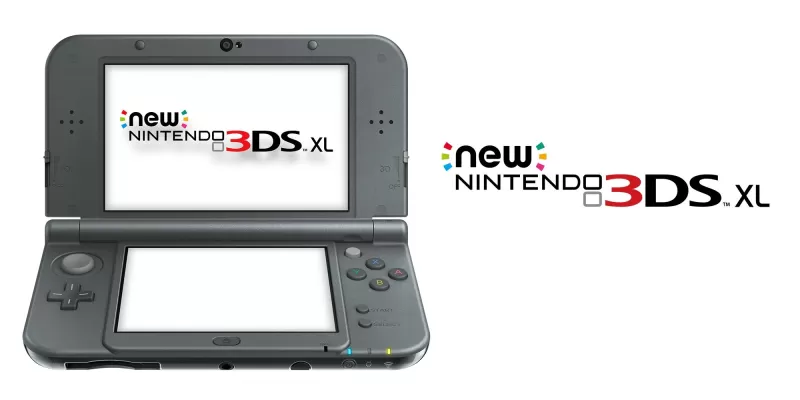 With even larger screens than the New 3DS, the New 3DS XL offered an even more immersive experience, though it removed the ability to change face plates.
With even larger screens than the New 3DS, the New 3DS XL offered an even more immersive experience, though it removed the ability to change face plates.
Nintendo Switch - March 3, 2017
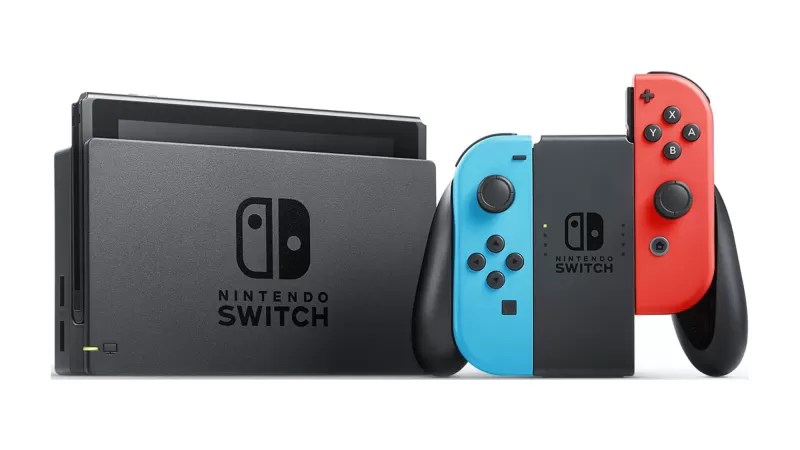 Realizing the vision of the Wii U, the Nintendo Switch combined home and portable gaming, offering a versatile experience with a strong first-party library and various special edition models.
Realizing the vision of the Wii U, the Nintendo Switch combined home and portable gaming, offering a versatile experience with a strong first-party library and various special edition models.
New Nintendo 2DS XL - July 28, 2017
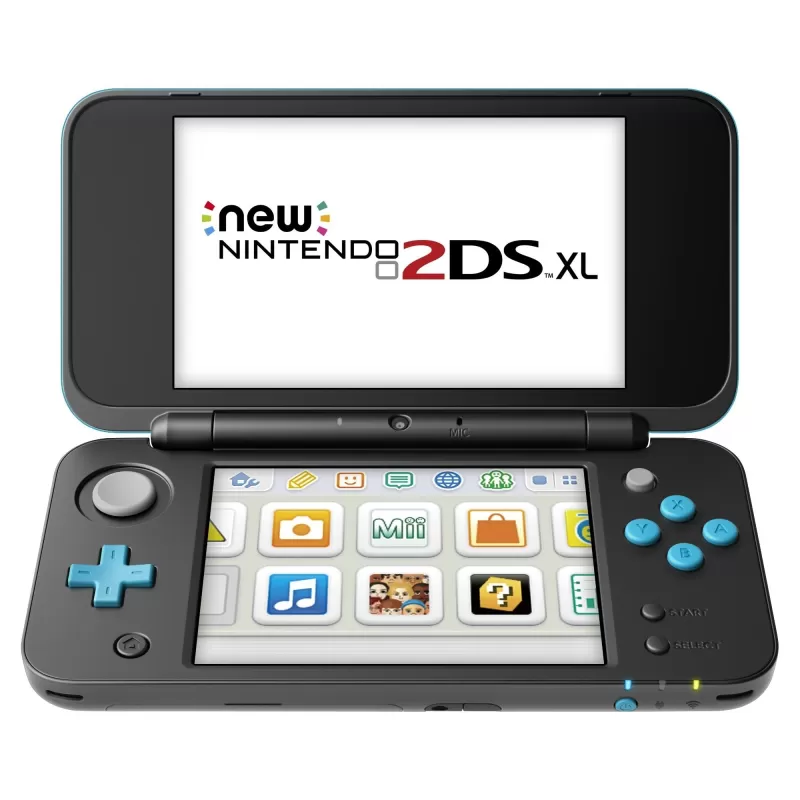 Updating the 2DS with an analog stick, shoulder buttons, and amiibo support, the New Nintendo 2DS XL returned to the clamshell design and supported New 3DS titles.
Updating the 2DS with an analog stick, shoulder buttons, and amiibo support, the New Nintendo 2DS XL returned to the clamshell design and supported New 3DS titles.
Nintendo Switch Lite - September 20, 2019
 Designed solely for handheld play, the Nintendo Switch Lite featured a smaller body and built-in controllers, offering a more affordable option.
Designed solely for handheld play, the Nintendo Switch Lite featured a smaller body and built-in controllers, offering a more affordable option.
Nintendo Switch OLED model - October 8, 2021
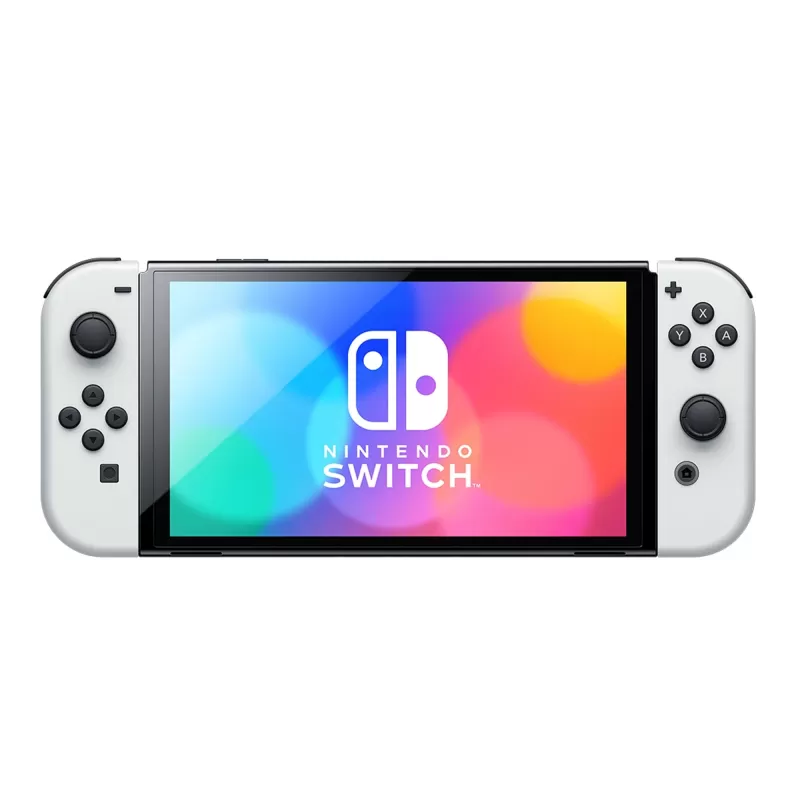 Enhancing the Switch experience, the OLED model introduced a larger, premium OLED screen, improved speakers, and a redesigned dock with a LAN port.
Enhancing the Switch experience, the OLED model introduced a larger, premium OLED screen, improved speakers, and a redesigned dock with a LAN port.
Upcoming Nintendo Consoles
After years of speculation, Nintendo has officially unveiled the Nintendo Switch 2. The reveal showcases a new Joy-Con attachment method, a larger screen, and an additional USB-C port. The Joy-Con can now function as a mouse, hinting at potential new gameplay mechanics. A new Mario Kart game featuring 24-player races was highlighted, along with confirmation of "mostly" backward compatibility and continued support for both physical and digital games.Analysts predict the Switch 2 will be priced around $400. More details, including a release date, are expected during a Nintendo Direct scheduled for April 2.
AnswerSee Results-
1
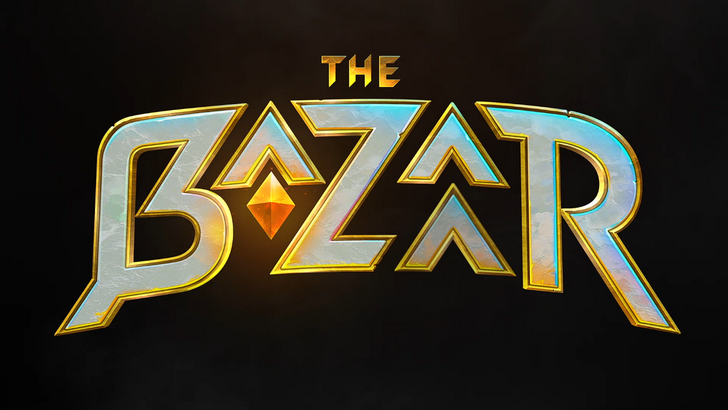
Announcing the Bazaar Release: Date and Time Unveiled
Feb 02,2025
-
2

Marvel Rivals Update: News and Features
Feb 19,2025
-
3

Novel Rogue Decks Android Debut
Feb 25,2025
-
4

GTA 6 Release: Fall 2025 Confirmed
Feb 23,2025
-
5
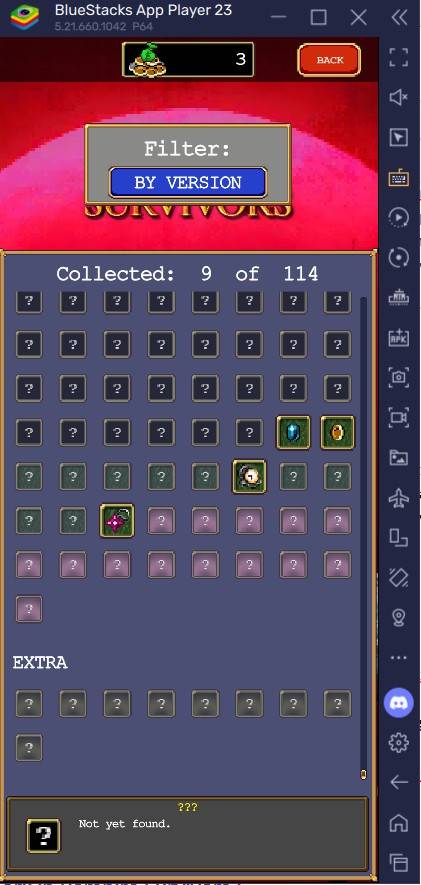
Vampire Survivors – Arcana Card System Guide and Tips
Feb 26,2025
-
6
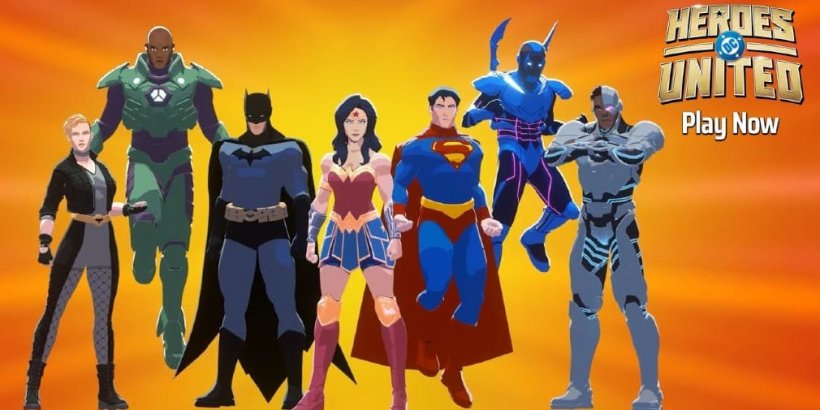
DC Heroes Unite: New Series from Silent Hill: Ascension Creators
Dec 18,2024
-
7
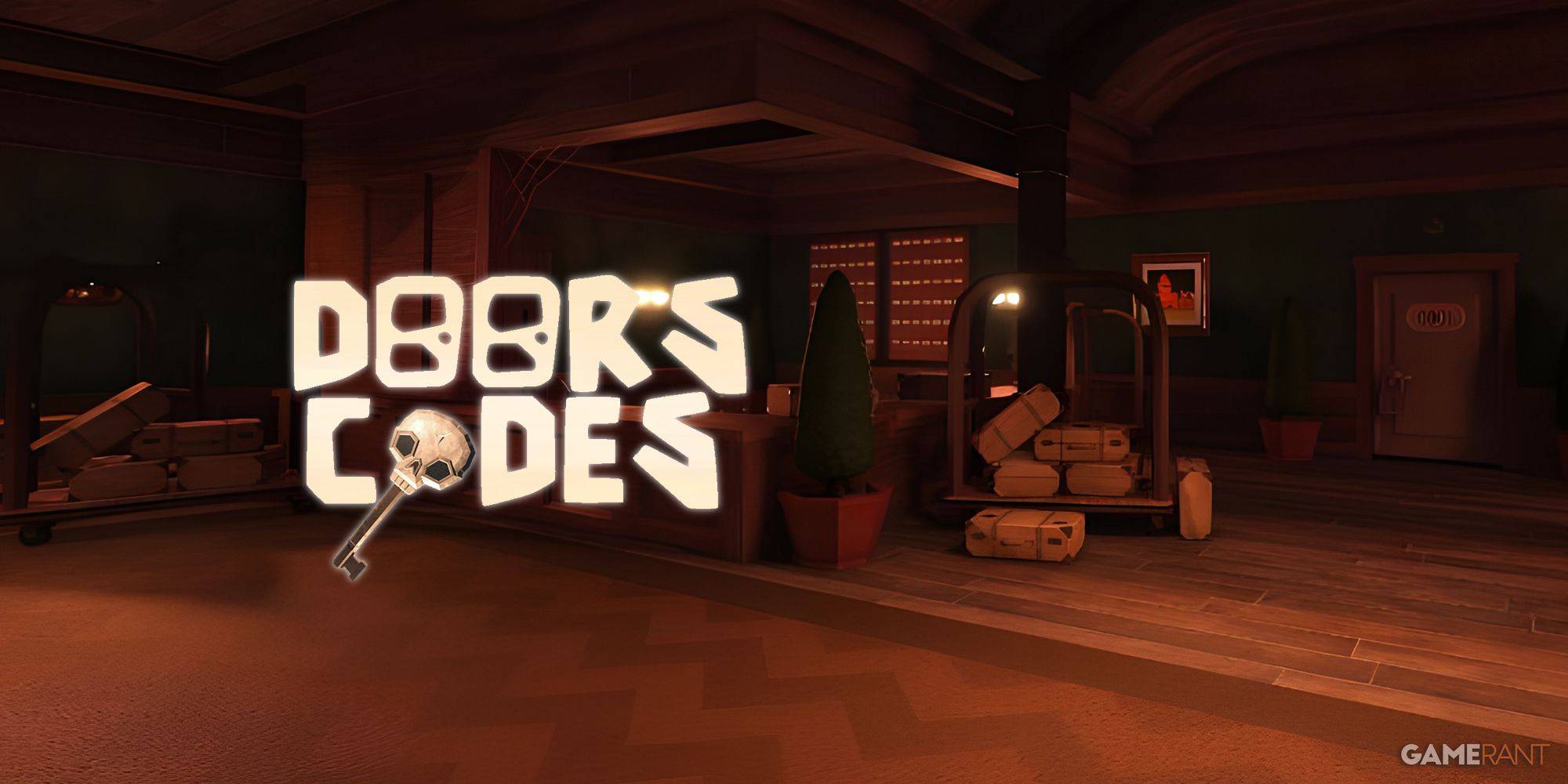
Get Exclusive Roblox DOORS Codes for January 2025
Feb 10,2025
-
8

Marvel Rivals Unveils Season 1 Release Date
Feb 02,2025
-
9

WWE 2K25: Long-Awaited Return
Feb 23,2025
-
10

Anime Fate Echoes: Get the Latest Roblox Codes for January 2025
Jan 20,2025
-
Download

Street Rooster Fight Kung Fu
Action / 65.4 MB
Update: Feb 14,2025
-
Download

Ben 10 A day with Gwen
Casual / 47.41M
Update: Dec 24,2024
-
Download

A Simple Life with My Unobtrusive Sister
Casual / 392.30M
Update: Dec 10,2024
-
4
Mega Jackpot
-
5
Day by Day
-
6
The Lewd Knight
-
7
Translate - Voice Translator
-
8
VPN Qatar - Get Qatar IP
-
9
Chewy - Where Pet Lovers Shop
-
10
Kame Paradise

